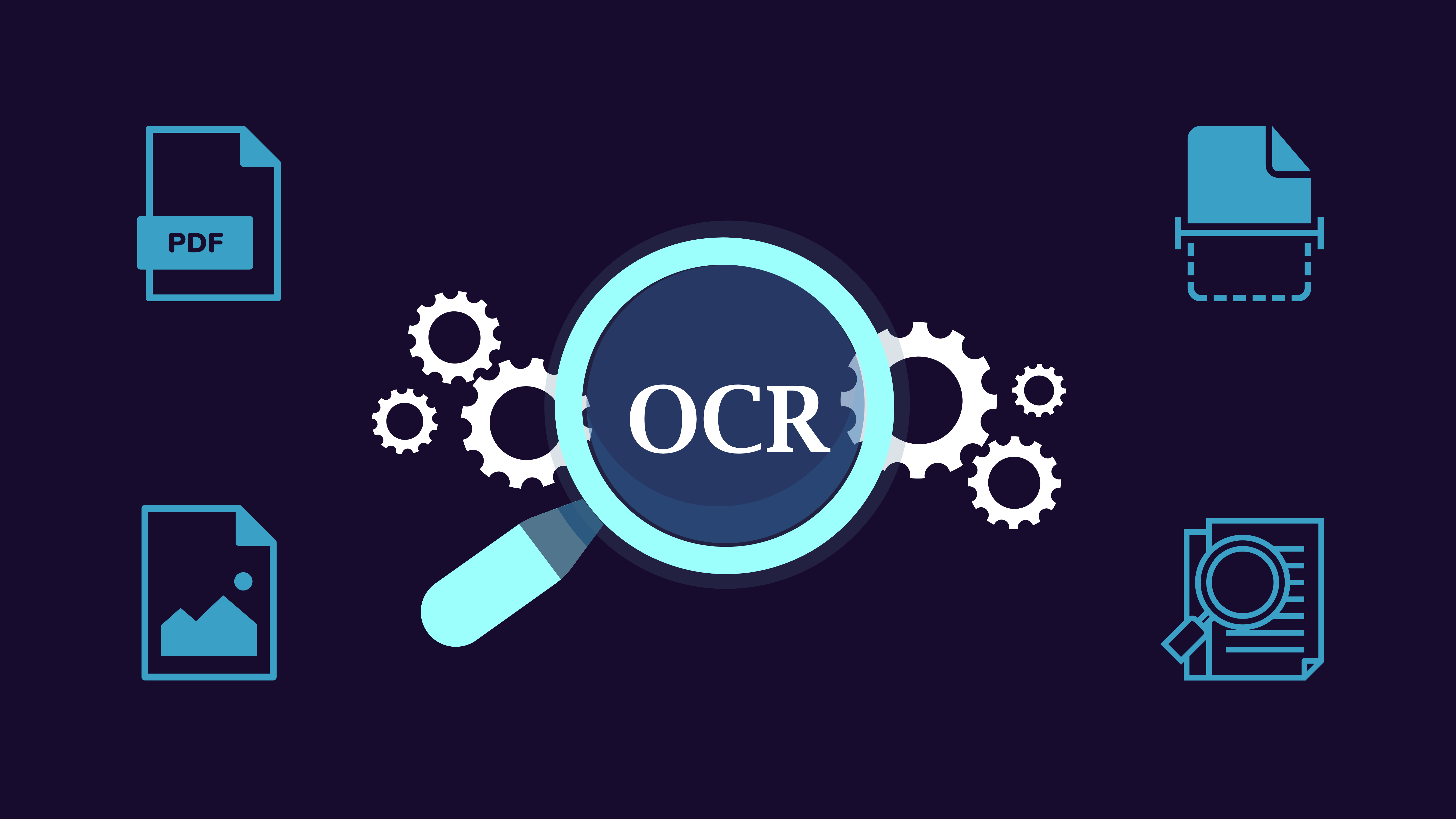Optical Character Recognition (OCR) reads and transforms printed, written, or scribbled information into machine-encoded characters. Image recognition is usually used for data entry, such as sales receipts, portfolios, business cards, and financial records as input. Therefore, OCR document verification identifies the characters and creates a written document from scanned or digitized documents. By 2023, the machine learning market is forecasted to rise by US $158.80 Billion.
Importance of OCR Document Verification
OCR technology analyzes the document text and converts the alphabet or letters into code to process data. This technique helps detect handwritten and printed text characters inside digital pictures of physical paper files involving scanning paper records.
Moreover, these digital versions are highly beneficial to young adults and children who have difficulty in reading. Therefore, digital text can be utilized with different service packages that solve the readability problem.
Text can be read and copied using technology such as the OCR scanner app by managing further investigation. OCR recognition is essential to transform hard-copy historical or legal documents into PDFs. Users can style, analyze, and modify the physical papers generated with a word processor after saving them in PDF format.
Employees can look at a page and quickly identify the distinct words, letters, and phrases, but technology can not. When a system notices an image, such as a picture consisting of meaningless white and black pixels or a page of printed text, the computer can’t have innate knowledge of the words and letters.
Moving further, let’s understand how it works and how technology lies behind OCR technology.
How Does OCR Technology Work?

An OCR system is a combination of software and hardware that aims to transform the characters into a script for processing data. For instance, consider mail sorting and postal services. Installing sources and recovery addresses to sort correspondence more effectively is challenging. Below are three crucial core techniques of the process:
-
Image Pre-Processing
In the first step, the technology transforms the document’s shape into a snap, such as a recorded image. The goal of this stage is for the device representation to be particular by eradicating any undesired anomalies. Thus, this concept is transformed into a white-and-black rendition, estimated for dark and bright regions. OCR document verification now segments the image into single pieces, like text or spreadsheet.
-
AI Character Recognition
Artificial Intelligence examines the picture’s dark parts to identify numerals and characters. Usually, it uses any of the following techniques to target one phrase, letter, or paragraph at a time:
-
Feature Recognition
The algorithm understands rules depending upon particular characters or properties to identify new characters. Characteristic examples are a letter’s crossing and curved or angled lines.
-
Pattern Recognition
Advanced technologies use a range of text formats, language, and handwritten data to train the AI system. The program can compare the image of the detected letter to the command it has already understood to find matches. The algorithm utilizes practices based on distinct character attributes to recognize original numbers. For instance, one feature is the number of crossed, curving, or angled lines in any character.
-
Post-Processing
AI rectifies flaws in the final stage that trains AI by providing a vocabulary of terms to verify what appears in the document. Then, limit the result to those formats or words without interpretations outside the vocabulary.
OCR Machine Learning Services
-
Online OCR
This type is very typical and easy to use and can be accessed online. Moreover, the free online OCR recognition is valuable as it supports 46 languages, such as Spanish, Chinese, Japanese, Portuguese, and Italian.
-
PDF Scanner
These essential tools focus on the positive feedback of its user-friendly characteristics. This program is compatible with Android users, allowing them to add signatures to physical papers by exporting PDFs or photos.
-
Office Lens
It is an intelligent phone-based OCR technology that Microsoft developed. Its preliminary function is to transform handwritten notes into digital layouts. Firms can easily edit digital versions of letterheads, printed papers, and billboards. Its request arises from its capacity to enhance and optimize images taken and resize them to scale.
AI and OCR- A Benefit for Organizations
Transforming physical papers to digital needs human labor; every page has to be time-intensive, error-prone and retyped. The transformations take less time using the OCR recognition, which is more reliable than the authentic material. Employees can transform their style and quickly search a page after OCR converts it into PDF format.
They can easily share it via email, embed it in a webpage, or save it as a zip file. This data capacity ensures companies can analyze many documents without using human labor. Moreover, eradicating time-intensive duties is essential for enhancing and lowering attrition and work engagement.
Wrapping It Up
Different industries utilize OCR recognition for scanning, storing, sharing, and processing documents. Banks can use this for extraction and data capture by using OCR machine learning to achieve customer-related paperwork. It increases the accessibility of digital content. Signature validation and identification are used to detect fraud in physical papers and identify forgery cases for processing loan applications.





